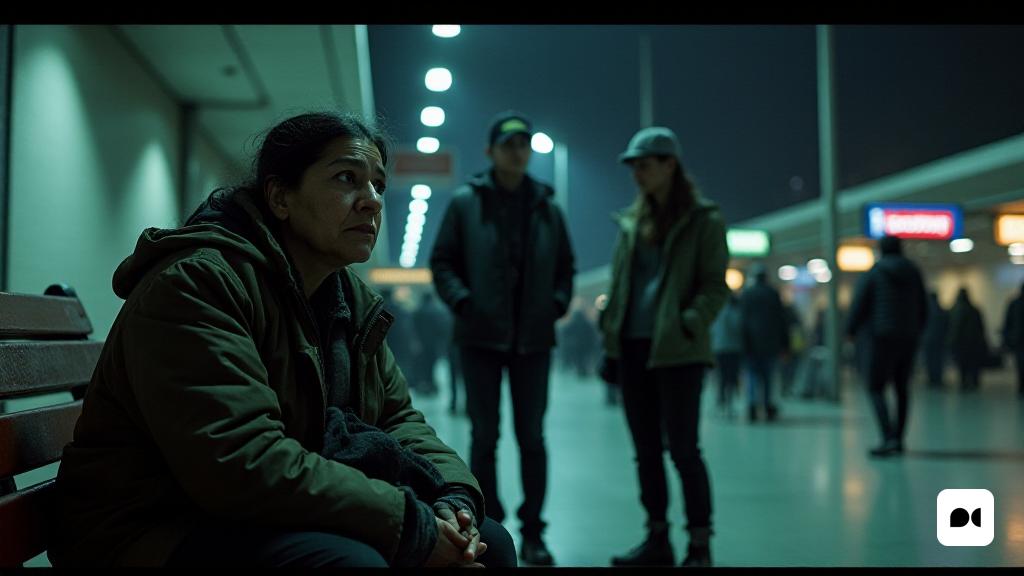The perception of the danger on the street
Alarming 80% of the homeless women recognize that the street is an environment that makes them feel vulnerable. Spaces such as airports, train stations and hospitals become temporary shelters for these women, seeking to avoid possible aggression, a phenomenon that keeps them in anonymity and further marginalizes.
Gender inequalities in homelessness
Lídia Pitarch, a human security expert, emphasizes that for every 10 homeless individuals, only one is a woman. This gender disparity creates a hostile environment, where women often choose to join men, who could be their partners, to seek a false sense of security, a mechanism that can be counterproductive.
A defense pact
Many of these women feel forced to accept the company of a man as a form of protection, in the hope that aggression will come from a single person and not a group. However, this dynamic often results in an increase in physical violence by those who believed that they were protected.
Stats speak clearly
According to Elena Sala, responsible for a program dedicated to homeless women, more than 60% of them do not sleep on the street, but are looking for shelters in poorly visible places. Their vulnerability makes them easy for abuse, reflecting a frightening reality.
Systemic violence
Seven out of ten homeless women have been victims of violence, and six have experienced sexual violence. European studies suggest that this figure could be even higher, as many of these women do not report incidents.
Strategies to survive
To go unnoticed, some women take on a more masculine appearance or use strategies such as dressing in clothes that distinguish them less, thus seeking to avoid unwanted attention. Elements such as glasses and suitcases may seem innocent, but they are survival tactics.
The creation of safe spaces
The Assisi Foundation has become aware of the urgent need for safe spaces for women. In recent years, the proportion of women seeking help has grown significantly, with more than 55% of the 1,627 people attended by 2024 being women, a significant change compared to a decade ago.
A future that requires attention
The current trend indicates that homeless women need larger and more specialized support. Society must be aware of this reality and work together to create effective solutions that address the specific needs of this vulnerable group.

